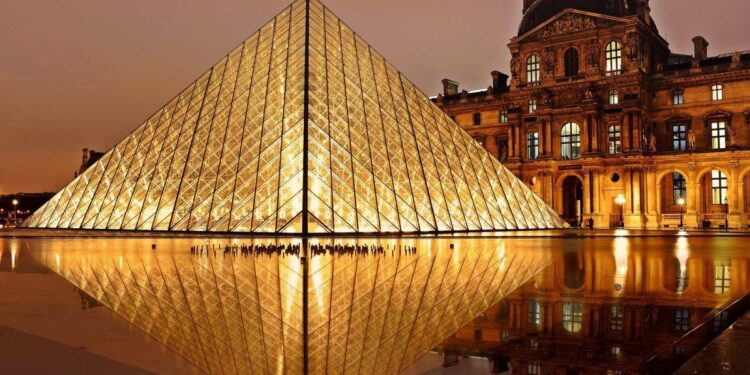Paris – In the aftermath of a daring heist that shook the art world, French authorities are intensifying security measures to safeguard the nation’s treasured museums. Following the high-profile theft at the Louvre, one of the world’s most renowned cultural institutions, officials have launched a comprehensive review of protective protocols to prevent future incidents. The incident has prompted urgent discussions among law enforcement, museum administrators, and government officials about balancing public access with enhanced security in France’s vast network of museums.
France Enhances Security Measures Amid Louvre Theft Alarm
Following an unprecedented breach at one of the world’s most iconic cultural landmarks, French authorities have escalated security protocols across major museums nationwide. The incident at the Louvre has triggered a comprehensive review of existing measures, with officials deploying additional surveillance systems and increasing on-site personnel. Key changes include mandatory biometric access controls and enhanced perimeter fencing, aiming to deter future attempts and safeguard priceless national treasures.
Key security enhancements now being implemented:
- Installation of AI-powered CCTV monitoring
- Improved visitor screening procedures
- Increased collaboration with international law enforcement
- 24/7 rapid response teams positioned at vulnerable locations
| Security Measure | Implementation Timeframe | Expected Impact |
|---|---|---|
| Biometric Scanners | 3 months | Enhanced identity verification |
| AI Surveillance Systems | Immediate | Real-time threat detection |
| Visitor Screening | 1 month | Reduced unauthorized access |
Experts Analyze Vulnerabilities in Museum Protection Systems
Security experts reviewing the recent incident at one of France’s most iconic cultural landmarks reveal critical weak points in current museum defense protocols. Despite state-of-the-art surveillance, insiders warn that reliance on traditional alarm systems and physical barriers fails to address emerging threat vectors, including sophisticated digital breaches and insider collusion. This lapse has prompted calls for an urgent overhaul integrating advanced biometric systems, AI-driven monitoring, and reinforced staff vetting procedures to anticipate and prevent similar breaches.
Analysts emphasize a multi-layered approach to strengthen protection without hindering visitor experience. Key recommendations include:
- Real-time behavioral analytics to detect unusual activity before alarms are triggered
- Decentralized security networks to reduce single points of failure
- Enhanced emergency response drills involving local law enforcement
- Upgraded physical reinforcements such as shatterproof display cases and restricted access zones
| Vulnerability | Proposed Enhancement | Expected Impact |
|---|---|---|
| Outdated Surveillance | AI-Powered Cameras | Faster anomaly detection |
| Insider Threats | Rigorous Background Checks | Reduced internal risks |
| Physical Access Points | Motion Sensors & Reinforced Doors | Improved perimeter security |
Authorities Urge Increased Collaboration to Safeguard Cultural Heritage
In Conclusion
As French authorities continue to investigate the daring Louvre heist, the incident has prompted an urgent reassessment of security measures across the nation’s cultural institutions. With museums now facing heightened risks, officials are racing to implement stronger protections to safeguard invaluable artworks and preserve France’s rich artistic heritage for future generations. The unfolding developments underscore the ongoing challenges of balancing public access with the imperative of cultural preservation in an era of increasing threats.
















